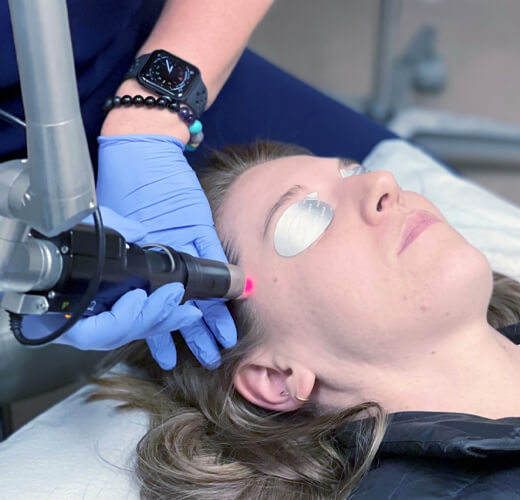
What is Picosure Laser?
PicoSure represents the cutting edge of a type of laser technology known as short-pulse lasers. These lasers are designed to “flash” incredibly quickly, in PicoSure’s case in trillionths of a second. This rapid flashing minimizes the amount of heat and creates a photomechanical effect that’s highly effective in removing tattoo ink and unwanted pigment.
How it Works
Recent discoveries have begun to reveal the secret language of the body and how cells talk to each other to keep us healthy. Known as cell signaling, this biological communication occurs when cells are injured and release proteins, which are then detected by surrounding cells to trigger a healing response. PicoSure’s PressureWave™ technology uses a unique wavelength of light (755nm) and a specialized lens to convert laser energy into gentle pressure. This pressure squeezes cells, activating the natural cell signaling processes that create new collagen and elastin without burning or damaging the skin.
Results
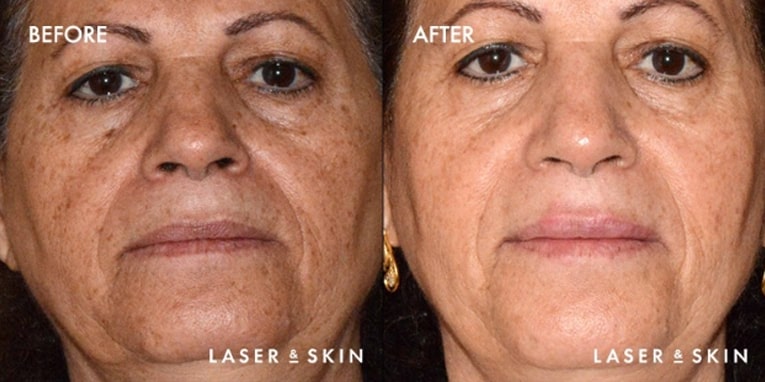
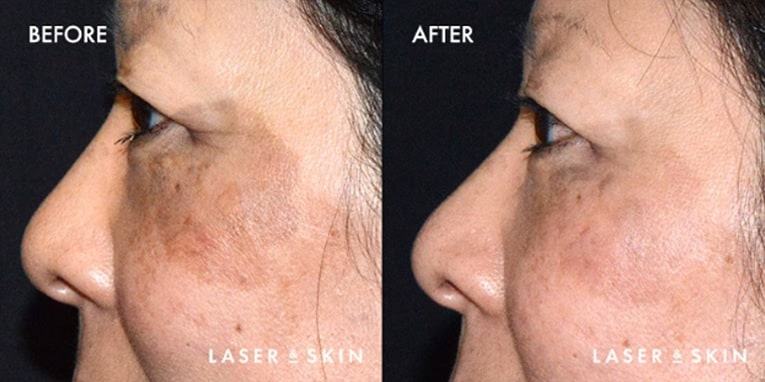
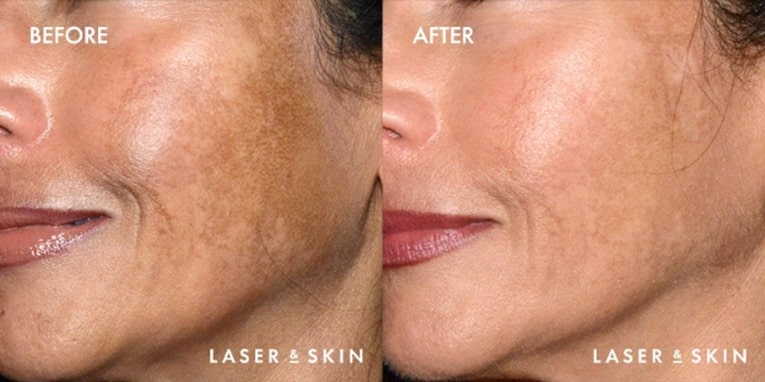
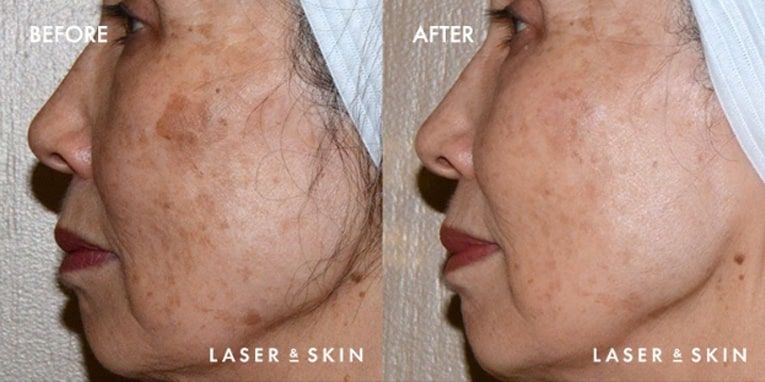
Recovery
After treatment, most patients experience only 1-3 hours of minor swelling and redness. Because PicoSure doesn’t burn and damage the surface of the skin, make-up, moisturizes and sun screens may be applied immediately following treatment. With PicoSure, reducing unwanted wrinkles, acne scars and pigment is more convenient than ever before. Fast, gentle treatments mean you don’t need to disrupt your busy life to achieve real improvements.
- Minimal swelling or redness — just 1–3 hours
- No need to cover up
- No need to miss work or leisure activities
Frequently Asked Questions
Is PicoSure safe?
PicoSure’s ultra-fast pulses and specialized wavelengths work together to minimize the amount of heat that is transferred. Less heat means less damage to surrounding skin and less risk of injury.
What does the procedure feel like?
Most people experience very little discomfort and describe skin revitalization treatments as feeling like the snapping of a rubber band. Because tattoo removal treatments use more energy, patients may experience more discomfort, but your treatment provider should be able to offer numbing cream or other aids to minimize discomfort.
How long does the procedure take?
Procedure time depends on the size of the area to be treated. Ten minutes is common for average-sized tattoo and skin revitalization treatments.
How many treatments are necessary?
- The number of PicoSure treatments for unwanted pigmentation will vary depending on the condition being treated and how each individual responds.
- For tattoo removal, the size, location, and density of ink play important roles in how quickly clearance can be achieved, but 4-10 treatments* are common for modern tattoos. Your treatment provider will be able to evaluate and provide you with a personalized plan.
- The number of treatments for skin revitalization is largely dependent on the clinical condition being addressed, but 2-5 treatments are common. Your treatment provider will be able to provide you with a personalized plan.
How Long will the results last?
Tattoo removal and acne scar results are permanent. Skin revitalization treatment results are long-lasting, but some pigment conditions can be recurrent. Some patients find that a PicoSure Focus treatment every six months can help prevent the accumulation of pigment and slow the appearance of wrinkles.
Will there be scarring?
PicoSure is designed with safety in mind, and incidents of scarring are very rare. Tattoo removal treatments require more energy than skin revitalization, and some patients may experience hypopigmentation (a lightening in skin color of the treated area), but this is usually temporary and normal skin is typically restored once healing is complete.
What is the recovery time?
Recovery times are dependent on the condition being treated and each patient’s ability to heal. Typical treatment intervals are two to six weeks for pigmented lesions and six to eight weeks for tattoo removal. Treatments for acne scars and wrinkles using the Focus Lens Array can be performed every three to four weeks. Your treatment provider will create a personalized treatment plan for you.


